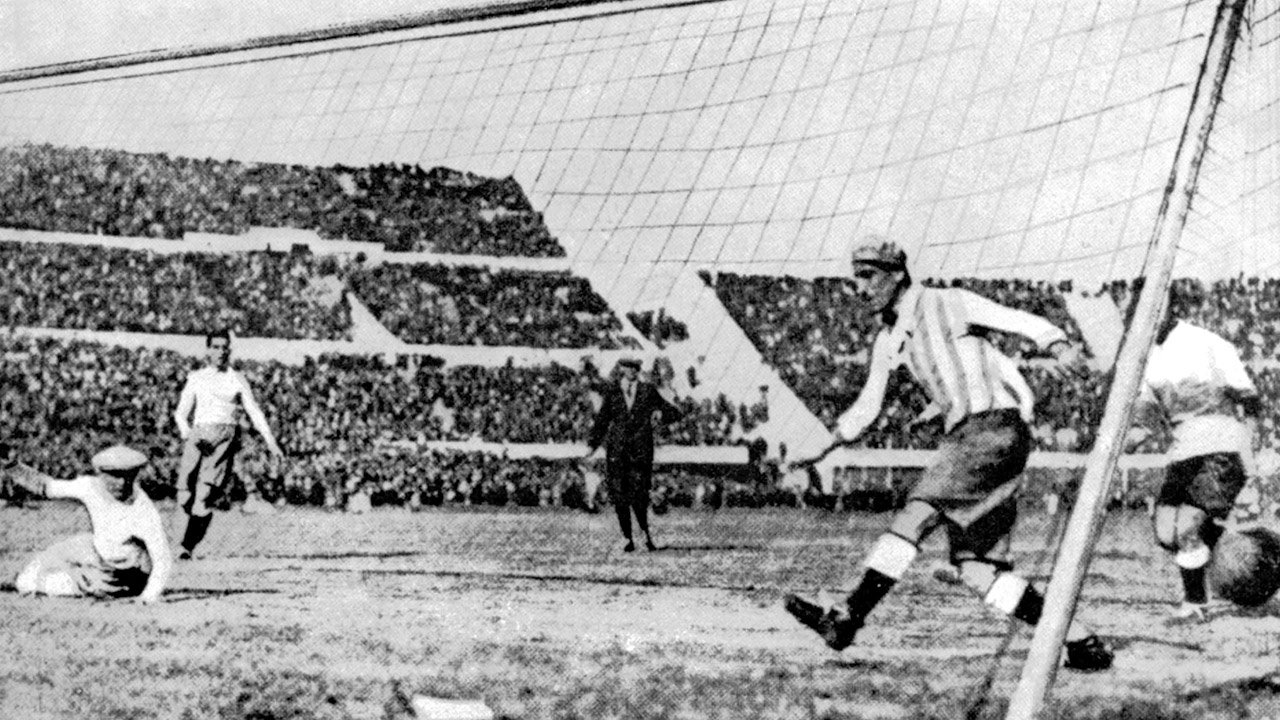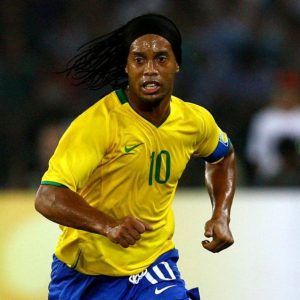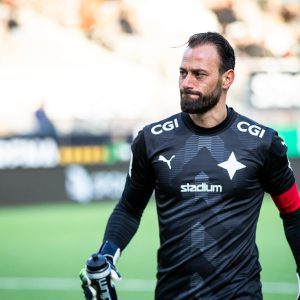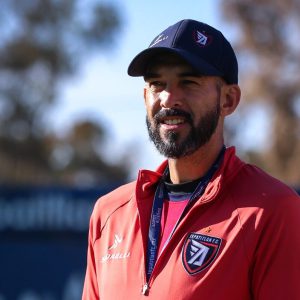

The Soccer Cycles
Life is made up of cycles, and soccer is no exception. We can say soccer began to be played in a competitive and global way in the late nineteenth century, early twentieth century, with the first World Cup played only in 1930.
A cycle has its beginning that is typically something progressive, its peak and its end which may never come into existence in its entirety, remaining remnants that may last for an extended period until they fade completely but which in most cases some aspects may remain for eternity for as long as they are. Usually when one cycle ends or is in its descending phase, another begins, with what we usually call “revolution.”
Going back, inevitably a soccer cycle began with the globalization of the sport in the period referred to. This is a case that revealed to the world a new sport where physicality was predominant as almost in the generality of sports, both collective and individual, derived from the times lived. This physicality was born out of the lives of the men who played the game, the majority of whom were employed in manual labour.
Another factor that led to this were the wars that have existed throughout history, which made it essential for men to be prepared for it, as they could arise at any time.
Soccer then remained a sport where the physical part represented the primary focus until the start of the next cycle, the technical “revolution”. This change began in a tenuous way in the late 1950’s in a considerable part due to a Brazil World Champion and players like Garrincha and a young Pelé who came to deliver something new to the sport. Something that was not present in such a significant way before, even often nonexistent in previous generations where Ferenc Puskás and Alfredo Di Stéfano stood out.
This cycle was growing and with it emerging more and more players technically evolved, some joining even both aspects, physical and technical as a whole, as is of this example Eusébio da Silva Ferreira or simply Eusébio.
This led throughout the world to the emergence of increasingly technically evolved players like George Best, Johan Cruyff, Karl-Heinz Rummenigge, Michel Platini, Zico,Bruno Conti, Diego Maradona, Marco Van Basten, Roberto Baggio, Romário, Ronaldo “Fenômeno”, Luís Figo, Zinedine Zidane, Rivaldo, among others.
If we then want to talk about time frames, we can say that the 1st cycle, the physical one, was predominant for a period of almost 60 years until the mid 20th century, the second cycle lasted as the main component of soccer from the 1950’s until the beginning of this century, when it was replaced by a new “revolution”, the tactical “revolution”.
The tactical aspect of soccer obviously did not arise from one moment to another, this cycle, which we still live in today, was also part of a transition process. If we can attribute much of the “responsibility” of the beginning of the previous cycle to Brazil, in this case, I would say that we can do the same for the tactical cycle to countries like Italy, World Champion in 1982 and Germany that won the trophy in 1990. Countries that still today are considered the great “monsters” of tactics.
As I mentioned, this transition was gradual and lasted for a period of approximately 20 years where there was a fusion of these three cycles, physical, technical and tactical. This last one became more prevalent and dominant. This coincided with the emergence in soccer of a man who many consider the best coach of all time, who being or not, undoubtedly is a “special one” and the one “responsible” for the start of the increasing global popularity of the tactical cycle.
I am of course referring to José Mourinho! A coach who breached “rules”, showed “boldness” and that even in his youth and the route he showed the world was at least a novelty.
José Mourinho won titles with unlikely clubs, underdogs. Clubs that had been without winning trophies for several years and in some cases for decades, teams that did not have the most world-class players, but where the coach, his technical staff and the tactical aspect were elevated to another dimension and gained a much higher importance in the game. Mourinho remains until today, being the last coach to win the biggest club competition (Champions League) with a club that is not part of the so-called sharks or belonging to the Big 5 leagues, in the year 2004 with FC Porto.
If we consider then that from 2003 when Mourinho won the second most important European Cup (Uefa Cup at the time, today the Europa League) He initiated the tactical cycle dominance. It also revealed, obviously other coaches who contributed immensely to this cycle, even adopting completely different styles such as Pepe Guardiola, we can then say that the technical cycle lasted about 40 years.
Today we are still living this last cycle, the tactical one, with coaches like Jurgen Klopp, Diego Simeone, Mauricio Pochettino attributing tremendous importance and not neglecting this aspect.
Going a little bit back in time to mention some coaches, many of them pioneers, who raised and contributed unequivocally to the evolution of the tactical part of soccer before the peak of it, as are of this example Brian Clough, Rinus Michels, Raymond Goethals, Johan Cruyff, Arrigo Sacchi, Giovanni Trapattoni, “Sir” Bobby Robson, Louis Van Gaal, Fabio Capello, Ottmar Hitzfeld, “Sir” Alex Ferguson, Marcelo Lippi and others that could be mentioned.
Back to the present and observing current soccer we can see that increasingly this tactical cycle besides being merging with the previous ones, is adding the next that will represent the cycle where the mental part will be fundamental, the more explored, representing the primary focus.
Like the other cycles this one has already had its beginning but has not yet reached its peak like all others. It’s a process. The mental part is increasingly important nowadays not only in soccer but in the current world. In this respect I would say that José Mourinho was, in this case, a pioneer, one of, if not the first to emphasize and outstanding the importance of the various forms and approaches to the subject.
We are also witnessing the era of two phenomenal and unique players in the history of soccer who, even being completely different, are excellent examples of what we all want for the present and future of soccer.
Despite all those differences, both combine all the aspects of the previous cycles and are therefore considered complete players. In one it may be the more physical aspect of play, in the other one, the technical side that might stand out more, but they both possess the four aspects at an extremely high level and in a complete way allowing them to be at an unparalleled level in the history of soccer, for so many years.
I started by talking about the physical part that was the most potent aspect,derived from the times lived in social terms and the history of humanity, and nowadays the most important aspect in society and the modern world is perhaps the mental aspect.
As we can see, the time period of the cycles is decreasing, derived from the evolution of the world, information and technology. Most likely the cycle where the mental part will be the top of the priorities will be shorter than its predecessor, and when it is finished I believe the circle will be closed.
Usually, when a scout completes a player’s assessment, and it will not be by chance, the division that is made is as follows: Physical, Technical, Tactical and Mental.
As such I believe that once that same circle is closed, we will have a more spectacular soccer at all levels because there will be a more balanced distribution of these four aspects, which will allow them to be brought together in a single player.
I believe that North American sports represented by the following leagues; NBA, NFL, NHL and MLB have completed this cycle a long time ago, derived perhaps from the volume of games played and also to the fact, not sports, but of those same leagues and athletes being concentrated in a single geographical area which undoubtedly generates less diversity what automatically leads to an more rapid evolution and to the goal to be reached faster.
Considering these sports as an example, once again we can see factors that we hope will also happen in soccer across the globe when the circle of evolution closes. The emotion, competitiveness and uncertainty of the result, which are what fuels the passion of fans and passionate about the sport as well as the values that any sport conveys.
Until then, we can do nothing but be patient, allowing the cycles to take their natural course, keep cheering and if it is the case contributing directly with everything in our power to make this happen especially in the right way for the future of the sport that we love.
Get to know more about Soccer HUB!
Follow us on Facebook!
Categories
Latest Courses
-
9 Lessons
-
1 Lesson
-
6 Lessons
You May Also Like
- Blog
- August 1, 2022
- Blog
- June 3, 2022
- Blog
- May 27, 2022
Developed by Brandit Digital Media Services.





